Want to build out your customer support tech stack? These tools optimize customer support processes and improve response times. Let's take a closer look at each kind.
The primary purpose of customer service for any business is to have a dedicated team ready to solve problems whenever they arise. Whether it’s something to do with account management or to issue complaints, people look to these support services for solutions. But businesses eventually scale. When they do, managing all aspects of customer relations gets more difficult. This could be especially true with remote staffing, which teams commonly use to handle support operations across locations and time zones.
Providing solid answers to questions and concerns is one thing. However, exceptional service involves realizing customer service also acts as a bridge between the business and the customer. Here, there’s a chance to shape your brand reputation and build trust. With this, you can demonstrate that your company is worthy of their loyalty.
As you’ll need to provide effective solutions and create a valuable and noteworthy experience for customers—you’re going to need the right tools of the trade. These tools can optimize customer support processes, improve response times, and have customers walking away satisfied and happy. With the shift to customer-centric models in business, customer service tools are non-negotiable.
Why Customer Service Tools Are Important
Why are customer service tools so consequential to business, you might ask? Because they touch upon several key aspects that elevate customer service from adequate to outstanding.
For one, these tools support an omnichannel customer experience. With so many approaches and technologies available, brands typically try to take advantage of as many as they can. Providing options to customers is important, but not when they’re fragmented and only end up harming rather than enhance their experience. Many customer service tools will automatically integrate communication channels under one unified system. This practice allows customers to receive personalized and consistent service across every touchpoint.
Personalization and consistency have never been more relevant than they are today. For instance, according to Salesforce, customer expectations of brand personalization are at an all-time high. It’s not enough that products and services are high quality. Today, the brand experience provided should be just as exceptional. Offering that omnichannel customer experience and making sure every interaction is valued and valuable will serve to increase customer satisfaction and retention.
Just one Google search of a customer service tool category, and you’ll be instantly bombarded with more options than you can browse through.ers don’t want to wait long for solutions to their needs. So, tools like chatbots and knowledge bases canJ provide immediate assistance.
What to Look for in Customer Service Tools
Just one Google search of a customer service tool category will show more options than you can browse through. With a selection as vast as this, these criteria can help you narrow them down.
13 Categories of Customer Service Tools You Should Consider
To see the biggest impact, you may want to consider your business’s current procedures. Identify any gaps in customer care you need to fill. With that information on hand, you’ll know exactly what software and tools to capitalize on first. Here are 13 essential tool categories that will have the biggest impact on customer service.
Helpdesk Software
Let’s consider a scenario where your business has scaled. You’ve now got 500 instances of tickets, questions, and concerns built up, and you don’t know where to start. Helpdesk software centralizes all these instances and provides tools to prioritize, automate, and ultimately resolve each one in a more organized and efficient manner.
Examples: Zendesk, Freshdesk
Live Chat Tools
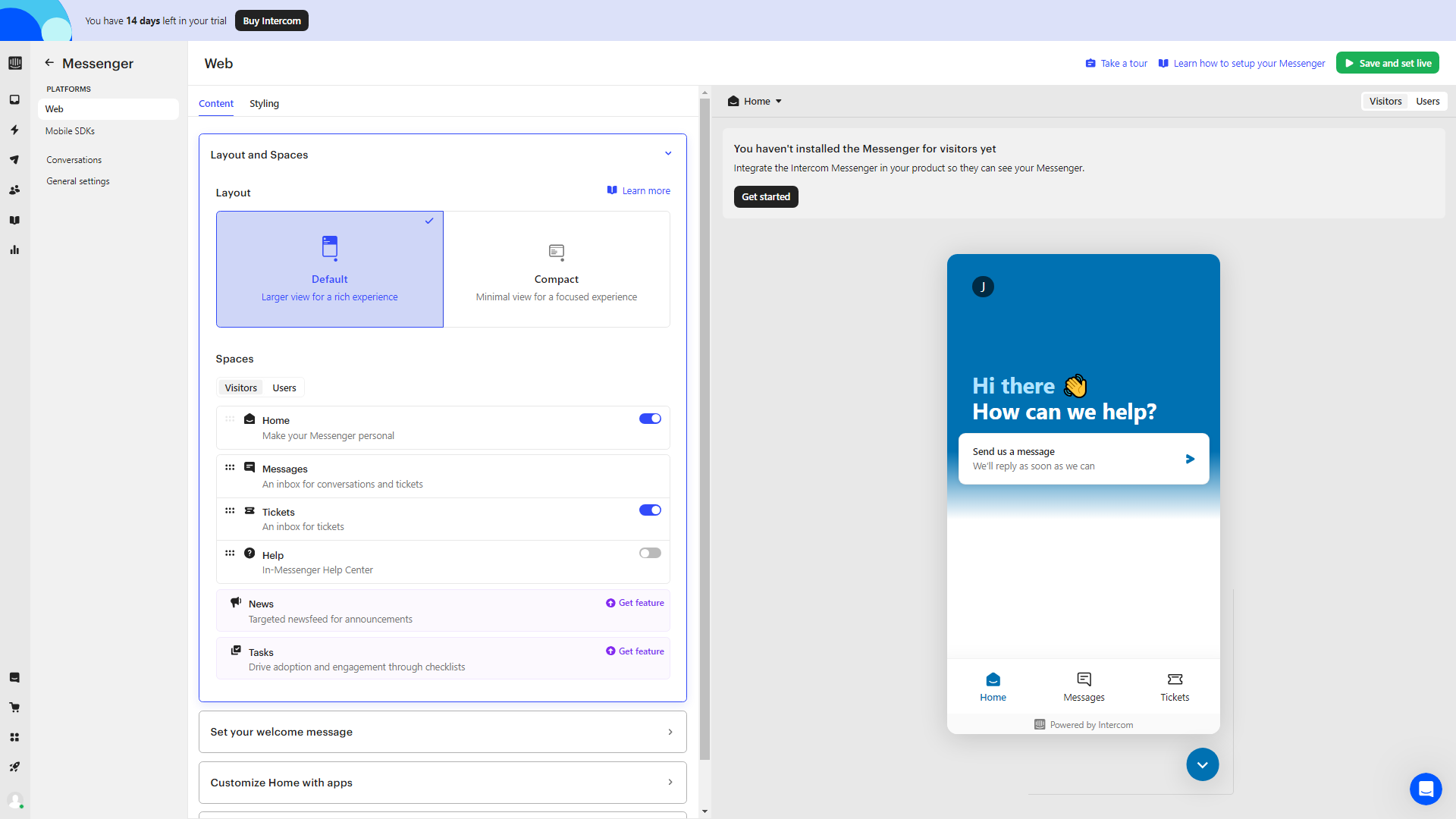
With email being a slow-to-respond method and phone support notoriously requiring people’s full attention, live chat has emerged as a natural favorite in customer service. Many customers prefer it because they’re able to multitask while receiving support and get help more immediately. These chat tools put customers in a queue and eventually assign them to a customer service agent, allowing them to chat back and forth in a familiar instant messaging format.
Examples: Intercom, Tawk.to
CRM Platforms

Customer relationship management platforms don’t simply consolidate tickets like helpdesk software, but concerns the broader scope of managing customers. Every single interaction a specific customer has with your business will be tracked. This allows you to create dedicated profiles and records. The purpose? To be able to personalize interactions and understand their specific needs and behaviors in the long term.
Example: Salesforce, HubSpot
Social Media Monitoring Tools
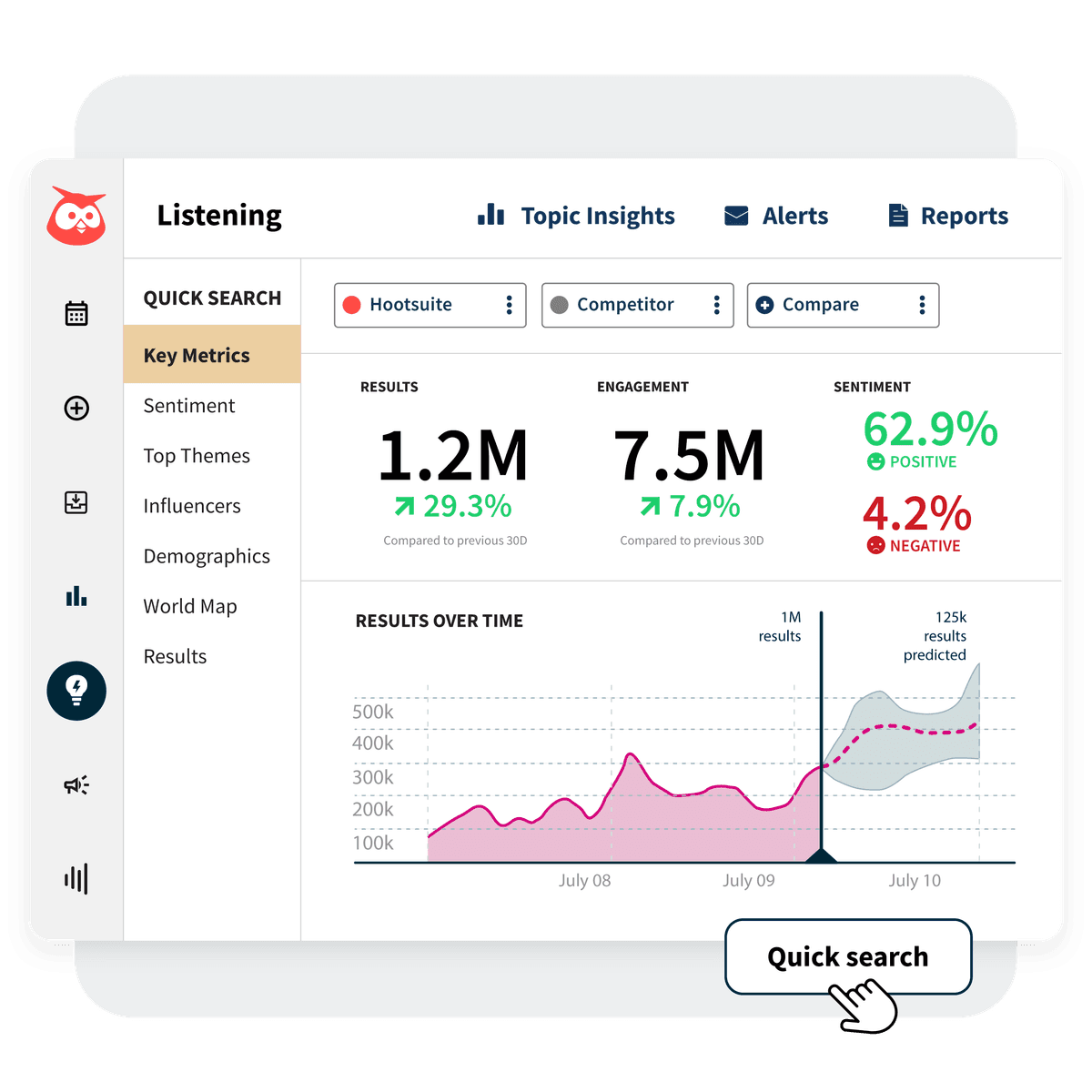
Maintaining a strong social media presence is no easy feat. Each platform requires businesses to post stories, participate in conversations, capitalize on trends, and constantly interact with their customers. With social media, consistency is key, which is why there has become a need for social media monitoring tools. These tools serve to track your profiles across multiple social media channels. Tracking helps you handle post scheduling, reporting, content duration, ad management, engagement, and even social listening.
Examples: Hootsuite, Sprout Social
Chatbots and AI Automation

Even though you might choose to hire customer service teams to keep operations moving 24/7, chatbots can still play a large role in your operations. Customers who have basic queries or simply need some direction can be connected to a chatbot rather than a human agent. This will reduce response times with automated responses and give human agents room to focus on more complex issues.
Examples: Drift, Ada
Feedback and Survey Tools
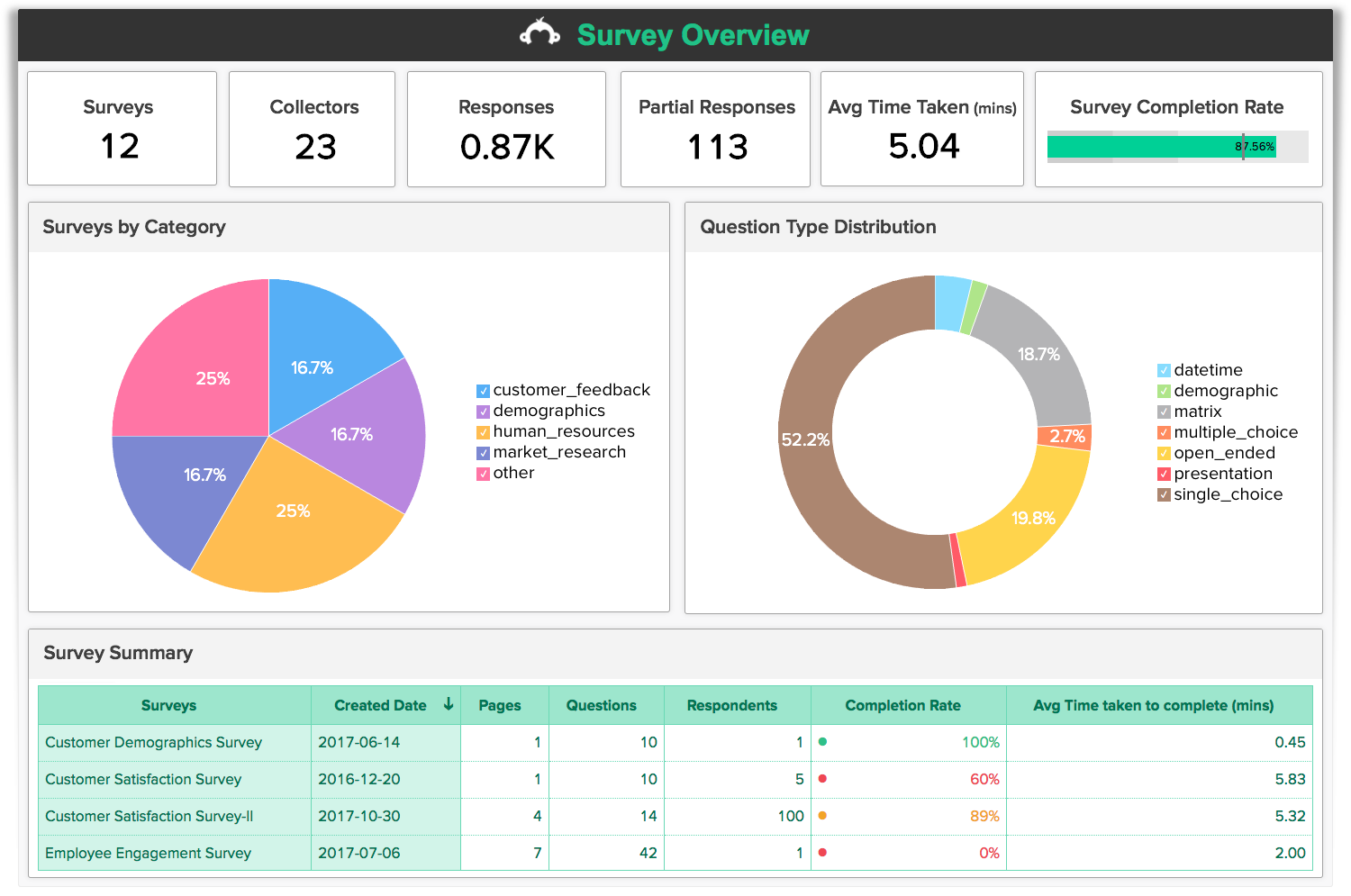
Businesses are tasked with the responsibility of understanding their customers and keeping up-to-date with their wants and preferences. Using feedback and survey tools will help provide that feedback loop, giving customers a way to reach you and express their thoughts and feelings on various aspects of your business over time. These tools remove any guesswork and fortify decisions with concrete data.
Examples: SurveyMonkey, Qualtrics
Knowledge Base Tools

We’re living in a self-service economy now, with self-service checkouts, self-service check-in tools, and more. That’s an area businesses should naturally want to capitalize on, reducing the number of employees needed to hire. Knowledge base tools are one of those solutions for the customer service industry. They’re essentially a database of frequently asked questions and tutorials that give customers access to information needed to solve issues on their own.
Examples: Helpjuice, Confluence
Customer Service Tools for Collaboration

Customer service is often broken down into teams or tasks, where some members are responsible for technical support, others are well-versed in billing, and there is a dedicated team for high-priority cases. While this ensures that each area is handled by the best staff for the job, these teams still need to be able to communicate and collaborate to provide a unified customer experience.
Example: Slack, Microsoft Teams
Customer Interaction Analytics
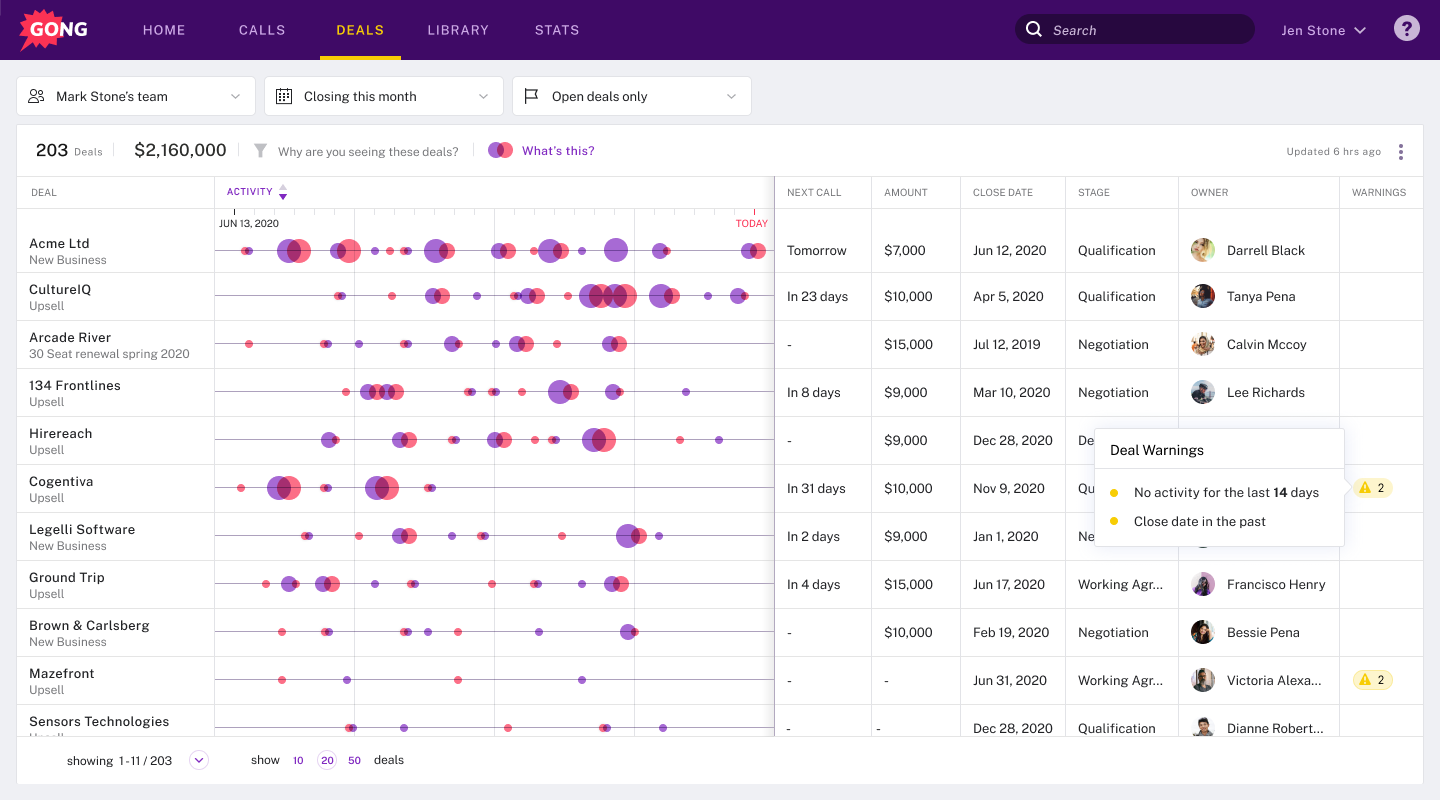
When a customer query is resolved, and all is said and done, it’s worth analyzing that interaction to glean insights for training purposes and to make future improvements. Businesses can use customer interaction analytics tools to pinpoint patterns and study metrics to stay ahead of customer expectations.
Example: Gong, Chorus.ai
Email Management Tools
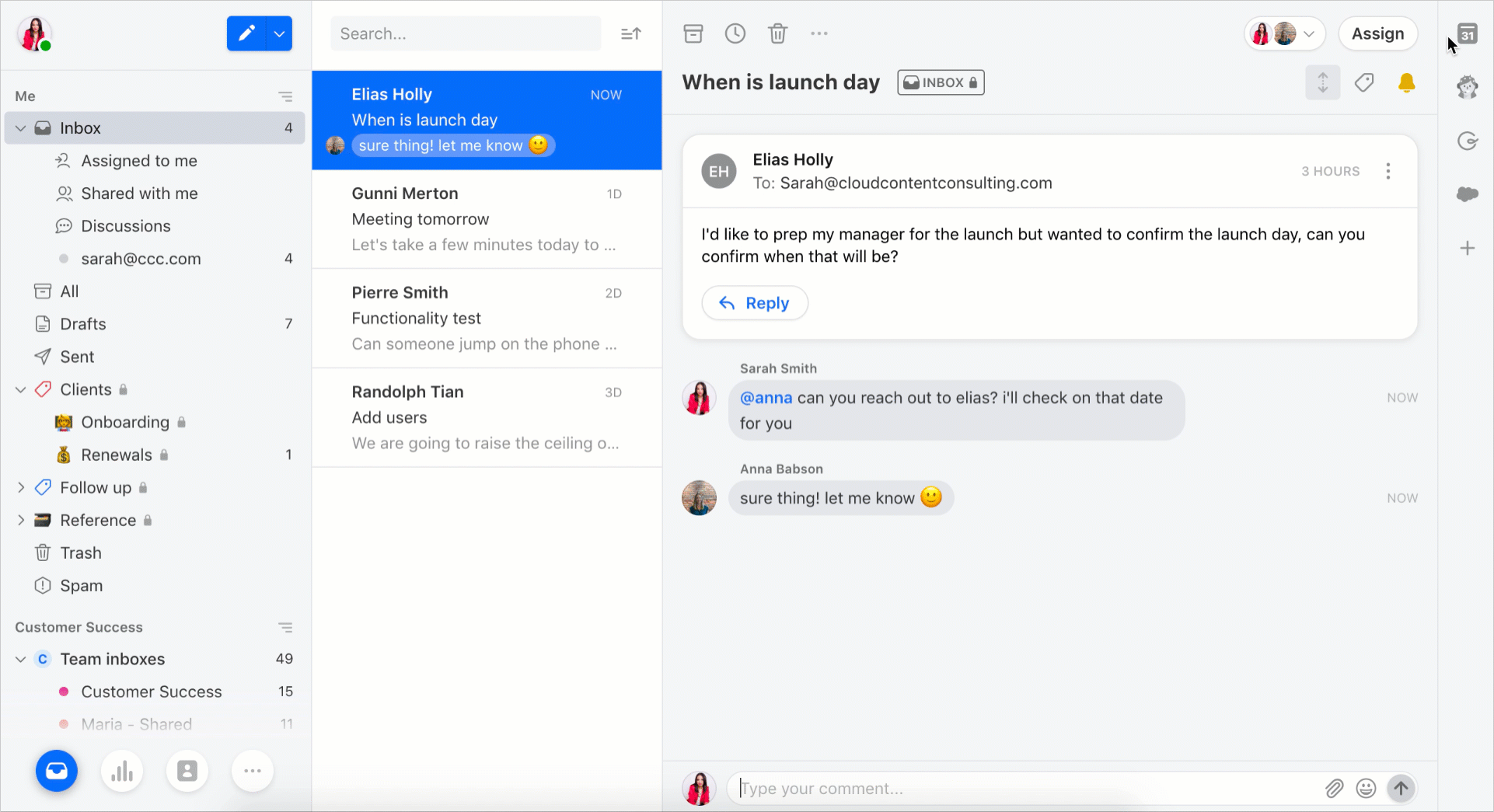
Email is still the undisputed champion when it comes to reaching a large number of customers directly. From follow-up emails and confirmation emails to marketing messages and support requests, all sorts of communication is done over this medium. And email management tools can help categorize and automate. Email formats like reminders and notifications can be offloaded to the platform, while a well-organized system will make it easier to respond to customers in orderly fashion.
Example: Front, Zoho Mail
Voice and Phone Support Tools

Although chat might feel more convenient to many, studies show that phone still remains the most popular communication channel for customers (69% phone vs. 24% chat according to HubSpot). The problem is phone calls can take a lot of time and training each representative takes even longer. While training is still an integral requirement, voice and phone support tools like interactive voice response, call routing, and call analytics can create a more effective system.
Example: Aircall, RingCentral
Screen Sharing and Remote Support
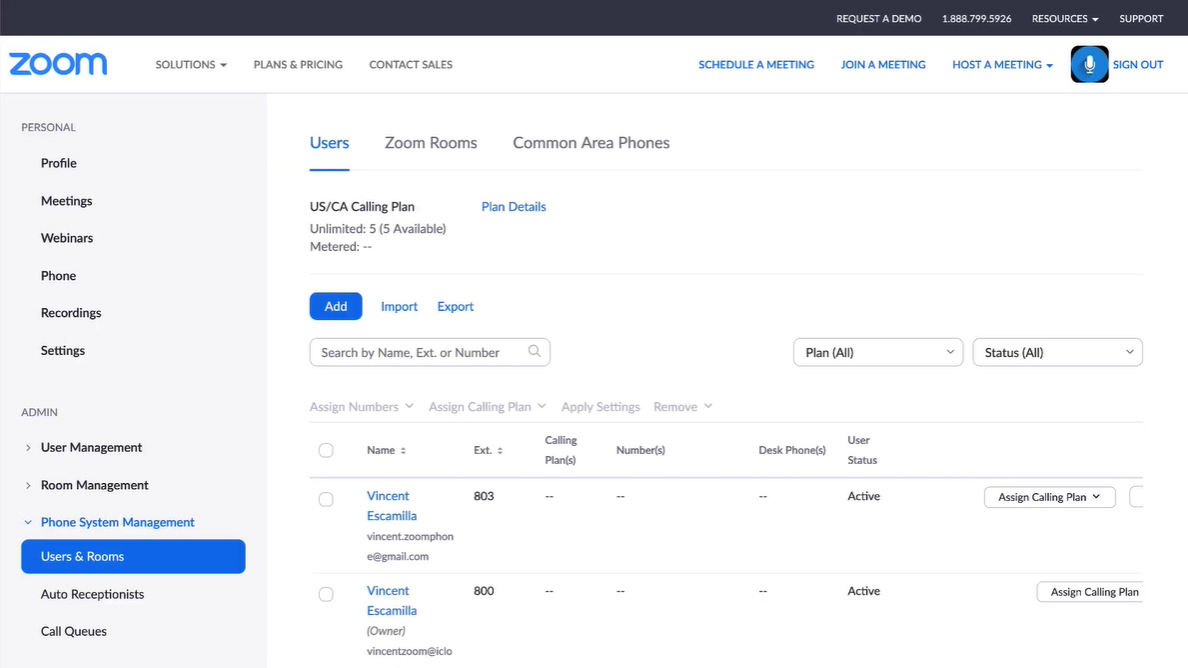
Imagine trying to get support from a company that offers a complex software platform, and you have to attempt to explain what you’re struggling with over the phone or through messaging. Remote support and screen sharing options provide a much more ideal scenario where your support team can initiate a real-time visual and interactive session with customers, making troubleshooting smoother and more hands-on.
Example: TeamViewer, Zoom
Omnichannel Customer Service Platforms
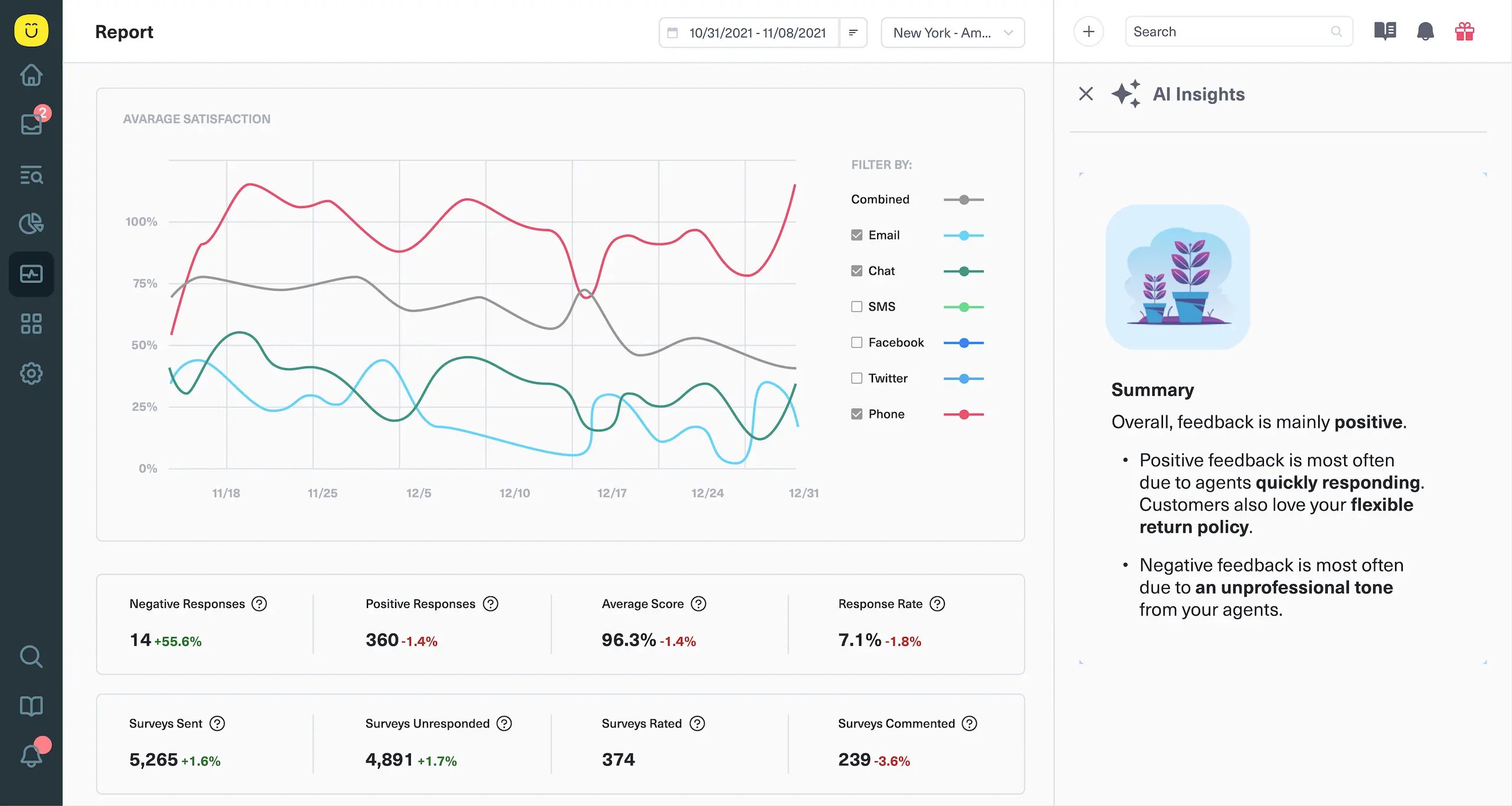
We’ve touched on the importance of omnichannel customer service, establishing how omnichannel tools are indispensable for any business. These platforms act as a hub for support teams to respond to messages from chat, social media, email, and other sources in one place so they can maintain consistency and unify analytics.
Examples: Kustomer, Gladly
How to Choose the Best Customer Service Tools for Your Business
Businesses should always carefully plan and consider their needs before adopting a tool. That’s because what might be relevant for one business won’t always be relevant for another. Smaller businesses won’t often need the same volume of tools or the complex features that certain ones have. Rather, they should focus on tools that serve a true purpose in their customer service operations. In addition to business size, the industry you’re in matters too. A software company might find remote support tools useful, while a children’s toy brand might find knowledge base tools more relevant.
Regardless of your business type, size, and customer base, you’ll want to choose customer service tools that can effectively scale with your business as it grows, providing ample customization and upgrades to accommodate change. They should also be easily integrated with other existing business tools to foster interconnectedness and harmony.
How Wing Assistant Can Complement These Tools
In some circumstances, digital tools aren’t always enough to handle customer service operations. After all, there will always be a human element to customer service that requires empathy, a higher level of understanding, and solutions that go beyond the generic.
Wing Assistant can help provide that missing piece with virtual assistant services for startups and enterprises alike. With Wing’s managed remote talent experience, you can hire a dedicated part-time or full-time team member on a monthly subscription. Wing assistants work in a variety of specialized and generalized roles, including customer service. Your assistant will be able to enhance your customer service operations at a cost-effective rate. They can provide the flexibility to scale whenever you need it.
Conclusion: Streamline Your Client Care Today
The most successful businesses in the world don’t simply release a groundbreaking product or service to the world and call it a day. Instead, they continue to innovate, improve, and make their customers feel valued every chance they get. With the right tools and technology, customer service will become more than a support function. It will be a way to drive customer satisfaction and loyalty for your business.
To complement your customer service tools and automation-driven systems, consider hiring a virtual assistant from Wing. A dedicated virtual assistant (or two) on your side can elevate an otherwise mundane and transactional customer experience into one that is personalized and responsive.
Want to transform your relationship with your customers? Explore how Wing Assistant can change your customer service game. Explore Wing’s services to see how they can support your existing team, or schedule a free consultation today
Aya is Wing Assistant’s blog manager. When she’s not wrangling content briefs, editing article drafts and handling on-page SEO, she is crafting messages for Wing’s other communication materials. Aya writes about SaaS startups, marketing for startups, search engine optimization, and pop culture.






